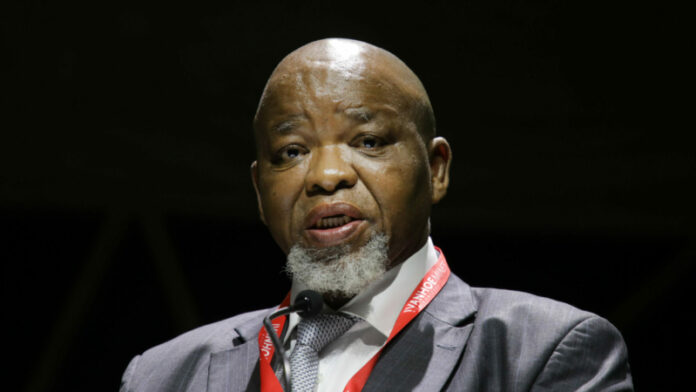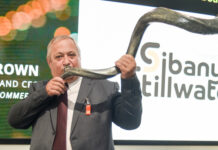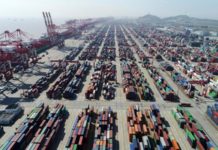
THE South African government’s exploration fund had attracted 115 applications since its launch in February, said minerals and energy minister, Gwede Mantashe.
The fund was “in full swing” with the government’s first funding call for copper, lithium, rare earth elements and graphite projects receiving “an overwhelming response with 115 applications”, said Mantashe.
In February, the Department of Mineral Resources and Energy (DMRE) and the Industrial Development Corporation unveiled the R400m fund with the parties contributing equally. The IDC will administer the fund, while the DMRE will play an oversight role to ensure it follows local regulations, they said.
Mantashe called on fund managers and “the investor community” to contribute towards the fund which is aimed at “the discovery of new mines, thereby reinforcing South Africa’s vast potential in these essential minerals.
In a speech to the Africa Down Under conference in Perth on Wednesday, Mantashe also said the migration of data to South Africa’s newly launched minerals cadastre would be completed by June.
The introduction of the cadastre has had a controversial past, partly because it’s taken more than four years to implement as a result of a botched tender process for new technology when off-the-shelf options were available.
In May, the government announced a service level agreement had been signed with the PGM Consortium consisting of Canadian companies GeoTech Systems, MITS Institute and Gemini GIS & Environmental Services
Mantashe said since the service provider had completed the first phase of the project including “the requirements with respect to system hosting, software integration, the enhancement of cybersecurity in line with our governance principles”.
“In essence, the meticulous implementation of the new system is advancing very well with an intention to complete the migration process by June next year,” said Mantashe.
Despite the relatively modest size of the exploration fund, a paucity of private sector contribution and the extraordinary delays in adopting a new cadastre, the business environment for South Africa’s mining sector is starting to improve.
Loadshedding, or power rationing, appears to have been largely resolved while at Transnet, the state-owned port and logistics company, there are signs of an improvement in performance based on coal export numbers for July, which increased.











